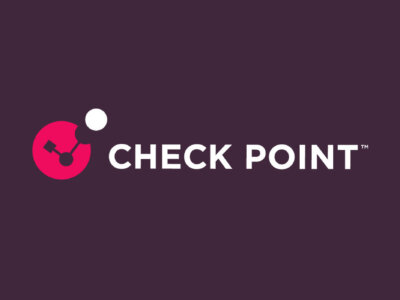
Latin America 2025 Mid-Year Cyber Snapshot Reveals 39% Surge in Attacks as AI Threats Escalate Regional Risk
Latin America is grappling with an elevated rate of cyber attacks in the first half of 2025. Organizations in the region are being targeted by an average of 2,716 attacks per week, which is 39% higher than the global weekly average of 1,955. New insights from Check Point Research reveal an escalating wave of threats, marked by advanced malware, government-linked operations, and vulnerabilities tied to cloud platforms.
The Evolving Threat Landscape in LATAM
The top five targeted countries in the region include Peru, Colombia, Mexico, Jamaica and Paraguay.
Major Highlights from Check Point’s Latin America Threat Intelligence Report:
- Most attacked industries:Industries facing the highest number of attacks include government/military, healthcare, and communications with weekly incidents ranging from over 3,800 to nearly 4,200, marking an increase based on our previous LATAM threat report in February 2025.
- Most common vulnerability exploit: The most common vulnerability exploit type in Latin Americas is information disclosure, impacting 75% of the organizations.
- Primary attack vector: 62% of malicious files in Latin America were delivered via email in the last 30 days.
- Top exploited vulnerability: Information disclosure attacks impacted 75% of organizations, underscoring the risk of exposed sensitive data.
- Major malware trends: The top malware list in Latin Americas includes 3 RATs, 2 Botnets (FakeUpdates, Androxgh0st) and 1 Downloader (FakeUpdates).
- Brand Phishing: Microsoft, Google, and Apple are among the most imitated brands in phishing scams targeting LATAM users.
Among these findings, it’s crucial to emphasize that information disclosure vulnerabilities are still the most prevalent exploit category, affecting thousands of organizations across the region, often serving as the first step in multi-stage cyber attacks.
Cyber Risks Influencing Latin America in H1 2025
- The prevailing ransomware risks: Criminals are shifting from data encryption to data-leak extortion, with ransomware continuing to be one of the most significant cyber threats to businesses.
- The rise of infostealers: These malware attacks have surged by 58%, characterized by stealing credentials and sensitive data, impacting both individuals and organizations. The increase is driven by a rise in infostealer infections, particularly targeting tokens and VPN credentials from BYOD environments.
- Cloud security gaps: Data from Cloud Security Report: 2025 Cloud Security Report, revealing a rise in cloud attacks, with 65% of organizations experiencing breaches.
- AI as a friend and foe: Threat actors are exploiting generative AI to create sophisticated cyber attacks, according to the 2025 AI Security Report. These attacks span deepfake impersonation, disinformation, AI-generated malware, and dark web LLMs, posing new risks globally and in LATAM.
It’s evident that Latin America is facing an aggressive surge in cyber attacks with organizations experiencing 39% more weekly incidents than the global average. As threats from phishing, advanced malware, and state-backed campaigns grow, organizations face mounting pressures to respond quickly. Check Point addresses these challenges with AI-powered prevention, real-time intelligence, and cloud security, delivering the protection organizations need to stop breaches before they occur.
The Road Ahead: Prevention-First
Cyber criminals are becoming faster, more automated, and increasingly bold. As Latin American organizations confront these threats, a prevention-first strategy is essential. AI-driven defenses, threat intelligence, and proactive vulnerability management must become the baseline.
Consider attending one of our local engage events in LATAM to stay up-to-date on the latest threats, innovative solutions, and strategies that are shaping the future of the cyber industry.









